Etiquette at a funeral in Korea
- FLip Korea
- Dec 16, 2022
- 8 min read
Updated: Dec 19, 2022
Living in another country doesn't absolve you from attending a funeral "장례식", at least once in your life. Korea, like many other countries, has its own culture and we should all know how to respect it. Because of Korea's unique traditions and beliefs, funeral practices here differ from those in Western nations, and we foreigners must comprehend and appreciate these ideals.
Funeral homes in Korea
One of the interesting facts is that large Korean hospitals differ from those in other countries because they also offer funeral services.
In Korea, funerals are held in one of three locations, from the highest to the lowest frequency: a hospital funeral home, a different type of specialized funeral home, or a private residence. A funeral home in Korea is 장례식장.
Korean funerals typically last for two nights and three days. Supposedly at one of those big hospitals, they start as soon as the patient passes away. Naver search can be used to obtain a list of hospitals, their services, and their costs.
Funeral homes offer a welcome area, the main room for visiting, and a dining area with a kitchen that is open 24 hours a day. There is also a place for those who need sleep and rest since families frequently spend the night at the funeral home. Depending on the funeral home, sometimes they also have a coffee shop inside or other amenities.
Funeral homes offer a variety of services under one roof. They provide a wide selection of tools and supplies, Korean-style meal options, and funeral directors. This eliminates the need to search for a separate funeral home, clergy, and funeral service supplies. Large hospitals also offer plenty of parking, which is difficult to locate in Korea.
So how much, on average, do Koreans spend at a funeral home? The average cost of a funeral room and services is 9.38 million won ($8,220), per a study by the Korean Consumer Agency. The cost of burial and cremation services adds an extra 2 to 5 million won to the overall cost, which comes to 10 to 15 million won. Also depending on the services you request, this amount can get higher. And most funeral homes, have the VIP option as well.
But, what is the culture of the Korean funeral?
In Korea, you can always find a reason not to attend a wedding, but funerals are handled differently. When a friend's family member passes away, Koreans make a special effort to travel to the funeral, even if it is in another city.
Because the casket will be transferred to the cemetery (or cremated) early on the third day, it is preferable to attend on the first or second day. It's best to schedule at least a quick visit. However, if you are genuinely unable to attend, it is best to still give money along with a condolence card, such as: "I could only convey my profound condolence for your loss from afar, I'm very sorry I wasn't able to offer my condolences in person" or in Korean "먼 곳에서나만 큰 슬픔을 위로하며, 직접 조문하지 못해 죄송합니다".
The purpose of a Korean funeral is typically to offer support to those who had a deeper relationship to the deceased, such as grieving family members or caring friends.
Even while visitors may experience sadness for the individuals directly affected, remaining optimistic is a method to try to lift the spirits of friends who have lost a loved one. As a result, visitors are likely to put on a brave face and avoid displaying any overt signs of melancholy.
To put it another way, Korean funerals are held for both the living and the dead.
Giving money at the funeral

You must bring cash (조의금) to a Korean funeral if you plan to pay your respects. In case you don't have cash all funeral homes have an ATM inside or nearby. Giving money with the odd numbers 3, 5, 7, and 10 is traditionally seen to be lucky (the number 10 is included because you get it by adding the lucky digits 3+7). Since Korean paper money is valued in tens of thousands, multiply each figure by four.
Recently, it has been customary to offer 5 or 10, 50,000, or 100,000 won, due to inflation. 50,000 won is plenty if you aren't particularly close to the deceased's family, but if you are, you can be required to donate 100,000 won or more.
The money bills are placed in an envelope once the quantity has been determined. Because Koreans maintain track of who paid how much and when one person must utilize one envelope in order to repay the favor (similar to weddings). However, it doesn't stop there; you also need to pick the right words.
You should write any of the following words on the front of the envelope:부의(賻儀), 부조(謹弔), 추모(追慕), 추도(追悼), 애도(哀悼), 위령(慰靈). These are several expressions of condolence. However, some envelopes already have this written on them, so you can just write your name on the back. You should write your company or your school and school year in case there is someone else with the same name as you.
Your name should be written on the back of the envelope, typically vertically. On the right side, some people also write a little note or a prayer for the deceased.
Traditionally, Koreans would pay the chief mourner money as a sign of respect (the one who organizes the funeral, often the first son). But in recent years, it has become increasingly typical to give the envelope to the host at the door after signing the guest register.
What to wear at the funeral
Men wear black suits and ladies wear black hanbok in the family of the deceased. Women frequently wear white ribbon hair pins, and the primary mourner is typically seen wearing an armband.
Visitors at funerals are advised to wear dark suits or black suits. If you wear a skirt, you should wear stockings because bare skin can be considered unpleasant. Wear black socks as well if you're wearing pants. Additionally, try to stay away from sneakers and slippers in favor of more professional footwear.
Funeral picture
Each funeral in Korea has a portrait. Koreans frequently pick their own photo before passing away. In Korea, certain photo studios specialize in taking funeral photos. The portrait serves as the altar's focal point.
Korean traditions of paying the respects
Before going to the room, on the first floor, usually in the lobby, there is a TV screen with all the information about the people who are holding a funeral. Check the information so you know where to go.
Frequently, guests are greeted at the door by the deceased person's family members. Write your name in the guest book after giving the chief mourner a brief bow when you arrive. You also present the envelope containing your condolence funds at this time.
Avoid attempting to shake hands with the primary mourner! Handshakes are viewed as a sign of joy and are not appropriate during funerals!
You may enter the altar room after taking off your shoes if you have already greeted the principal mourner. Move toward the deceased's picture and light a candle or place a flower on the altar.
Funeral rites might be of two different kinds: Christians don't bow down to the portrait as traditional Koreans do. Do not bow if the deceased's family is Christian; they might find it offensive. In any case, bowing is not expected of a foreigner. Simply say hello to the family, take a few seconds to reflect, and then continue. Usually, the family members give you a flower or a stick of incense and instruct you on what to do. Do as they request you to do.
In the Korean language, you can tell the family members "상심이 크시겠습니다", which indicates "I'm sorry for your loss, or "애도를 표합니다" which means "My condolences." You can simply bow your head in respect if you are not very close to the deceased or the family.
In case you have to bow, you kneel and make a deep bow till your hands are on the floor by placing one hand on top of the other and raising them to eye level.
The number of bows is also significant. You bow twice when paying respect to a deceased person. Instead, you would bow three times to family members who are still alive on special occasions like Lunar New Year. Some funeral homes have proper instructions at the entrance to show how women and men should bow.
Flowers at the funeral
Flowers are not mandatory to be brought during a modern funeral. Only close friends and large organizations, contribute with flower ornaments, typically in the form of large chrysanthemum wreaths. Bringing little white or yellow flowers to place at the shrine is optional; typically, the family will offer them for you. In any case, go with muted tones like yellow or white.
However, if you are close with the family, or the person is your friend, you can order an arrangement online and send it directly to the funeral home.
Food at the Korean funeral
If you attend a funeral in Korea, don't be surprised if someone offers you food. The family of the deceased might express their appreciation to the mourners by preparing a straightforward lunch/dinner. No matter how busy you are, it is considered polite to accept the food that has been served.

A typical Korean lunch/dinner consists of cooked pork slices, fruits, jeon (a Korean pancake), and yukgaejang (a spicy beef soup).
How many days and what rituals
A typical Korean funeral lasts for three days, during which the corpse is typically cremated. Only close relatives and friends typically attend this final service.
After the body has been incinerated, the family receives a jar with the collected bones in it. The remains are then often either laid to rest in a charnel house or buried in the family grave. However many Koreans keep cremation beads in their homes as a way to remember the deceased. These are honored by family members and placed in designated containers in the home.
Countryside natural burials are popular in Korea. Layers of odd numbers of dirt are piled on top of the casket. The family can still see the shallow burial, which serves as a constant reminder of their loss. To decay more quickly, coffins are composed of natural materials like wood.
Cremations are becoming more common. Korea is a tiny nation that is running out of both time and space. Family members don't have the means to visit the tomb as frequently. In 2019, the cremation rate in Korea was close to 85%, according to the Ministry of Korea. The rise in cremation has been influenced by the scarcity of available land. According to Korean legislation, families who choose natural graves must remove the remains after 60 years in order to conserve land.
The 49th Day Rite is held after a 49-day period of mourning for those practicing Buddhists.
In order to ensure that the departed has no unresolved regrets against the living, the family will burn the deceased's clothing and other belongings at the 49th Day Rite ritual.
Typical service procedure
Despite the fact that traditional rituals are still practiced in tiny communities, Korea's fast expansion altered these practices. The majority of young people reside in urban areas, far from customary rituals. Shorter rituals and an increasing number of cremations are because of a shortage of time and space.
Funerals used to be held three, five, seven, or nine days after a person passed away, depending on their social standing. They are often held today on the third day after death.
Here is an idea of a typical traditional service:
The coffin is carried to the gravesite during the funeral procession, which is led by mourners. The family's good fortune is determined by a geomancer, a person who has a connection to the energy of the earth.
A noje, or wayside memorial, is held during the funeral procession to ensure that the deceased doesn't return to plague the living if they weren't given a decent farewell. To symbolize the deceased spirit's departure from the house, the casket is lowered three times.
Once the procession has arrived at the grave, a shaman conducts a ritual to purge the area of evil spirits.
To acknowledge the finality of what has occurred, members of the immediate family pour soil into the grave. For closure, the sangju may stand on the casket and stamp the ground.
To the spirit and the mountain, god is offered food or drink. The mountain god will guard the grave against vandalism.
On the second and third days following the burial, relatives continue to bring offerings to the tomb. On the third day, they bow deeply at the grave. They store any images or ancestor tablets that have been placed throughout the house.
When attending a funeral in Korea, you must be aware of these things. With these pointers, we hope you can act responsibly while you attend a Korean funeral and show respect for the departed person's family as well.




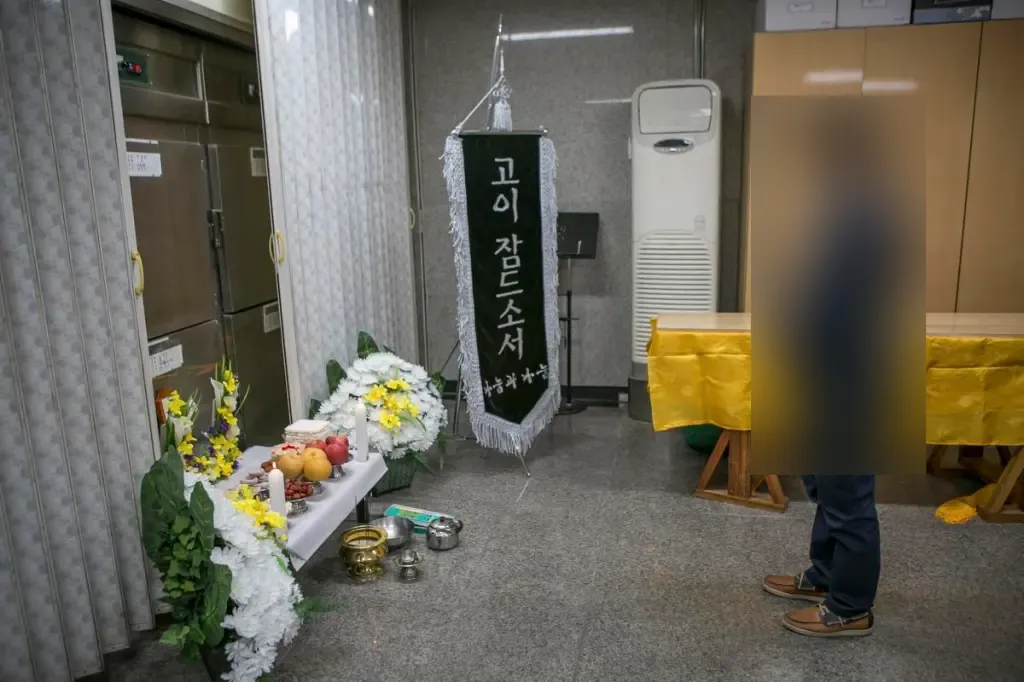
















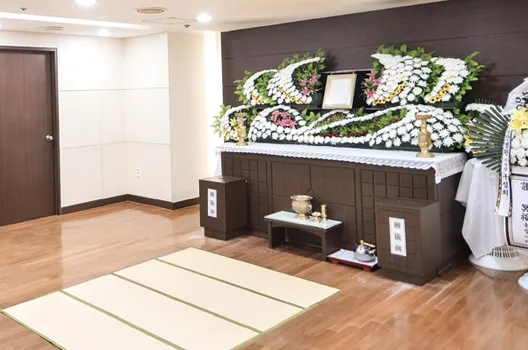








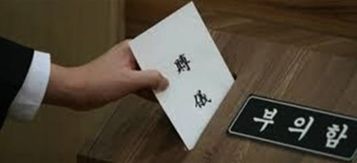

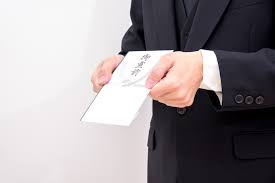

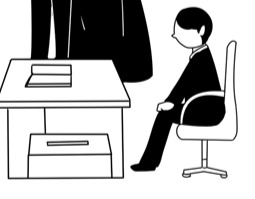

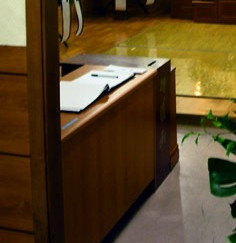




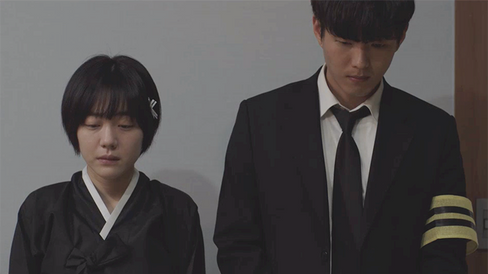
















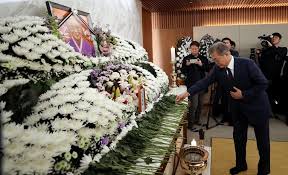




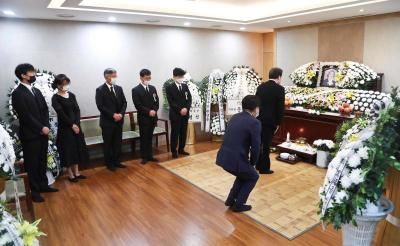







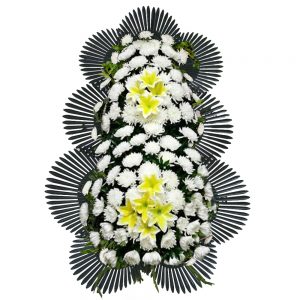

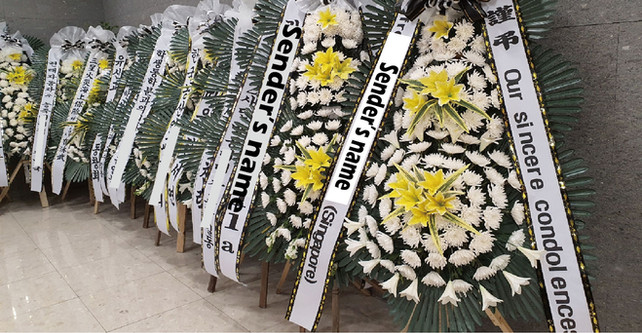








Comments